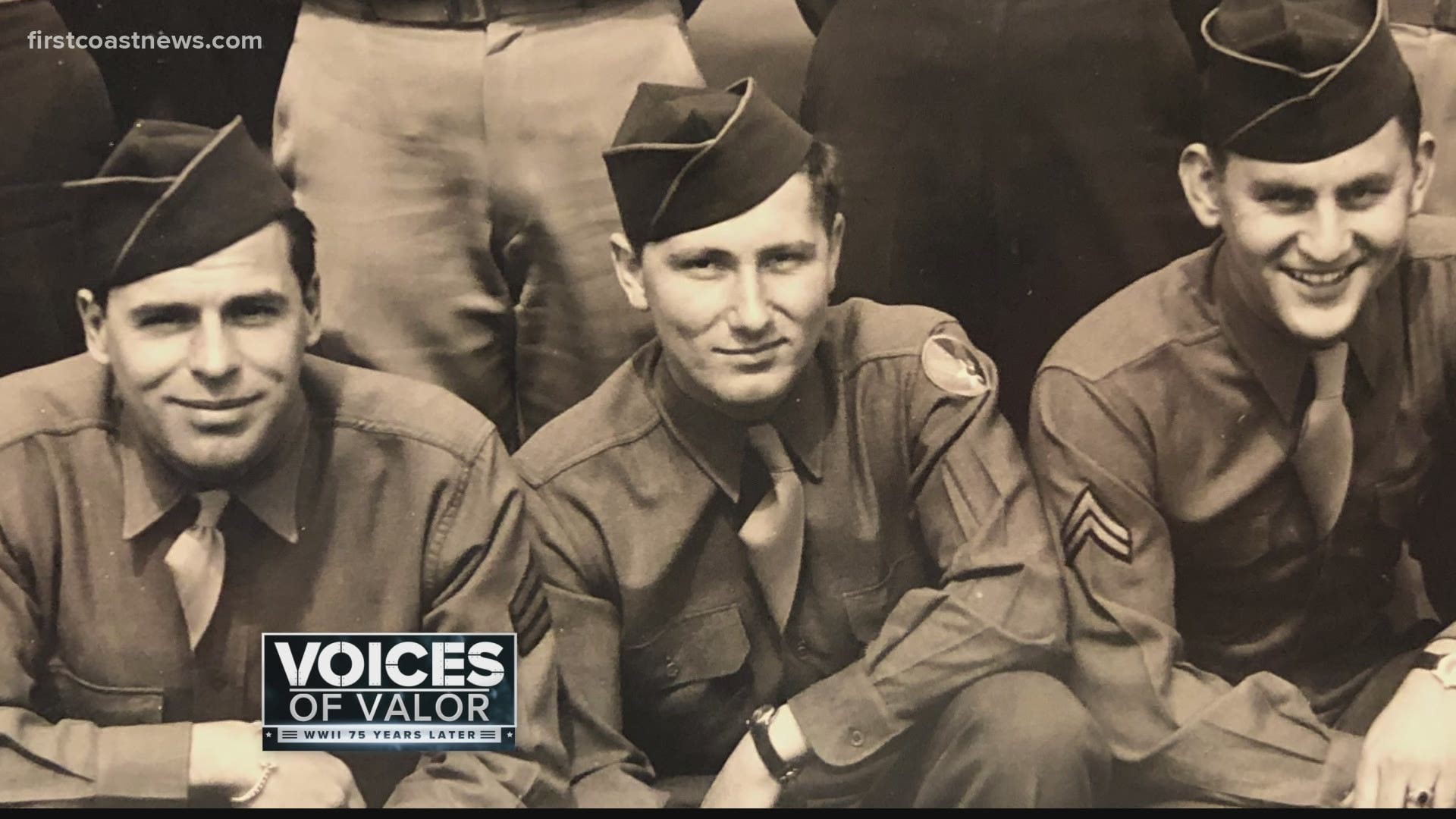JACKSONVILLE, Fla — "This is called a blood chit," World War II veteran Kenneth Bender says, as he points to something framed on his wall.
Staff Sgt. Kenneth Bender, still sharp in his 90s, was a gunner on a B-29.
At first, when you hear him says, "blood chit," it sounds as if you're hearing a cuss word. But he chuckles and spells it out: C-H-I-T.
A "chit" is an official note or a voucher or an IOU.
But what about a blood chit?
Sgt. Bender says when he was in the B-29's over Japan, "I was just a kid. Age 19." And every member on his crew carried a blood chit in his uniform pocket.

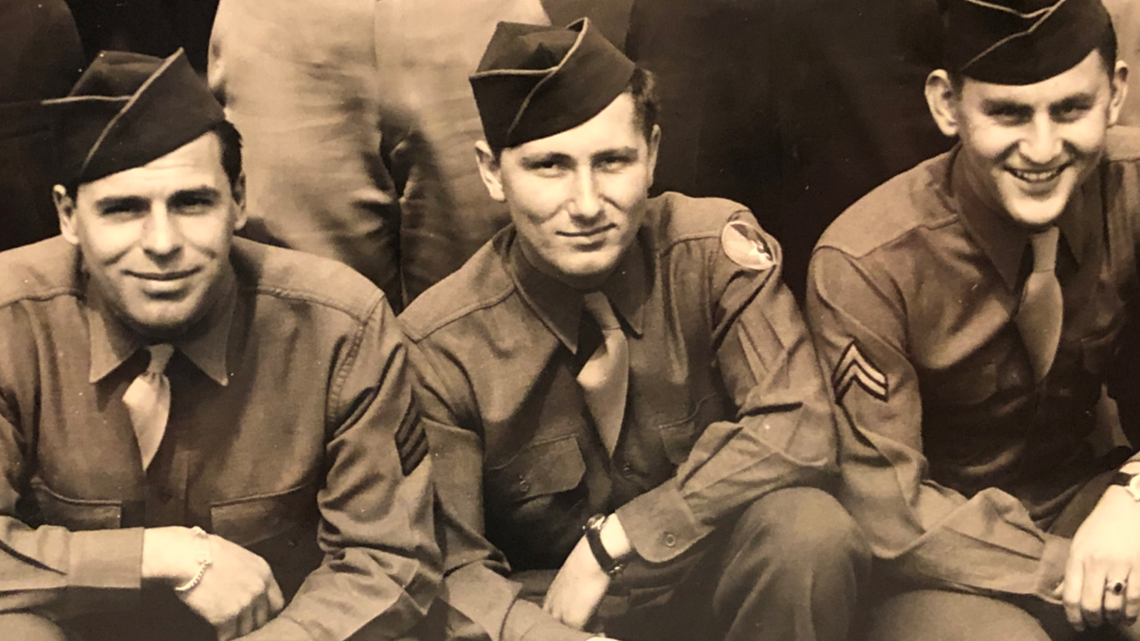
You can still see the folds in the material. The ink did not run with sweat or rain or any water.
The blood chit carries an American flag, and the idea was to save the life of, for example, an American military member shot down on foreign territory.

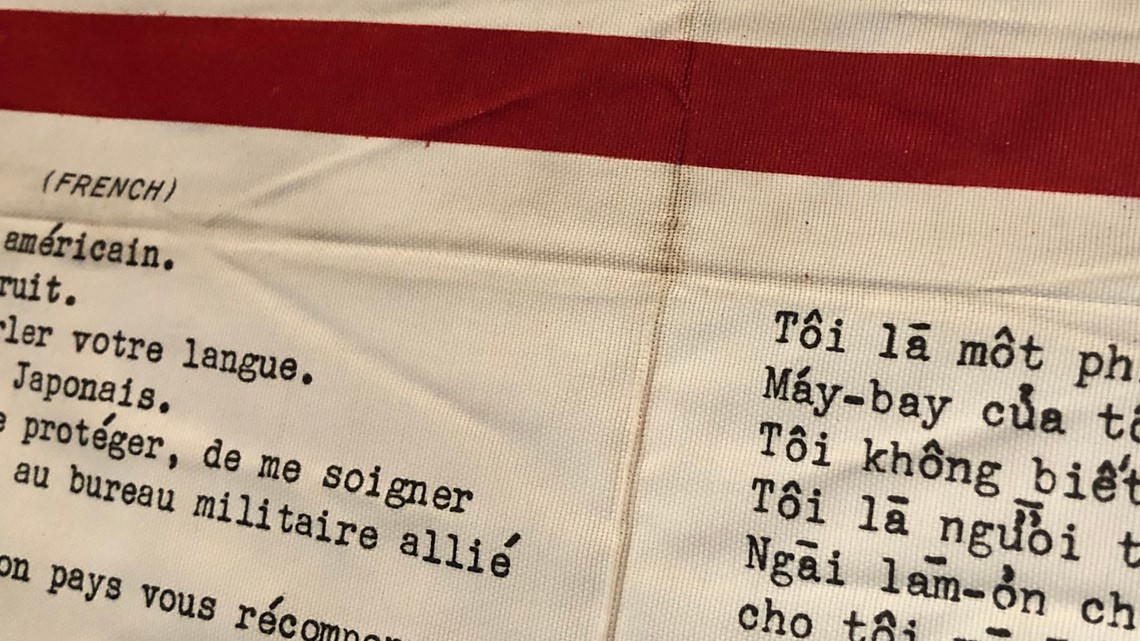
Sgt. Bender points to the eight different languages on the fabric. He can still read and translate the words in French. It says, "I'm an American aviator and my plane has been destroyed." It explains if the person who finds the American will help save his life, the American government will pay him money.

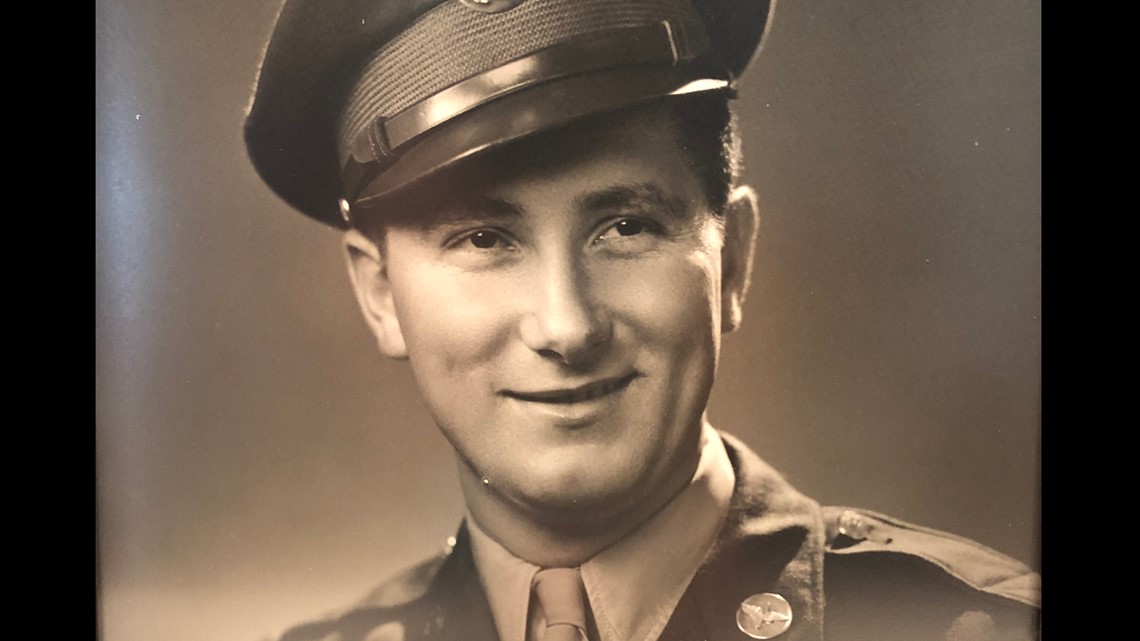
How much?
Robert Baldwin has researched blood chits for years and authored a book called, "Last Hope: The Blood Chit Story." Baldwin says the one Sgt. Bender has saved from his service in WWII was geared for Asia and Indo China.
"The reward for that would be the equivalent of 100 American dollars, which now is $1400 in today's money," Baldwin explains. That would be a fortune to a struggling person in a war-ravaged territory.

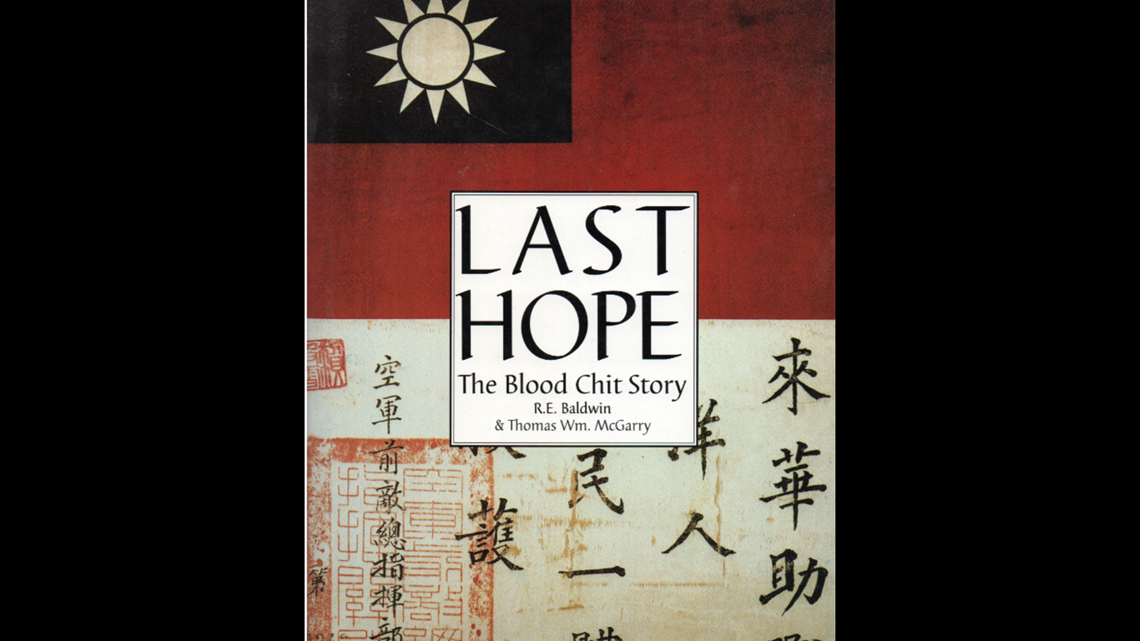
How many lives were saved using blood chits? Baldwin says a number is hard to give, but hundreds.
But what if, say, a rural farmer in China found an American pilot with a downed plane and that farmer couldn't read?
Baldwin has a collection of flyers American planes would drop in advance of the American flying on a mission. Some elementary-looking drawings on the flyers would alert people in foreign lands that American military might be dropping down in parachutes.


Baldwin says in "modern history," the blood chit dates back to 1917 when the British used them.
As for Sgt. Bender, he's grateful his blood chit is framed on the wall and he came home safely from WWII.

